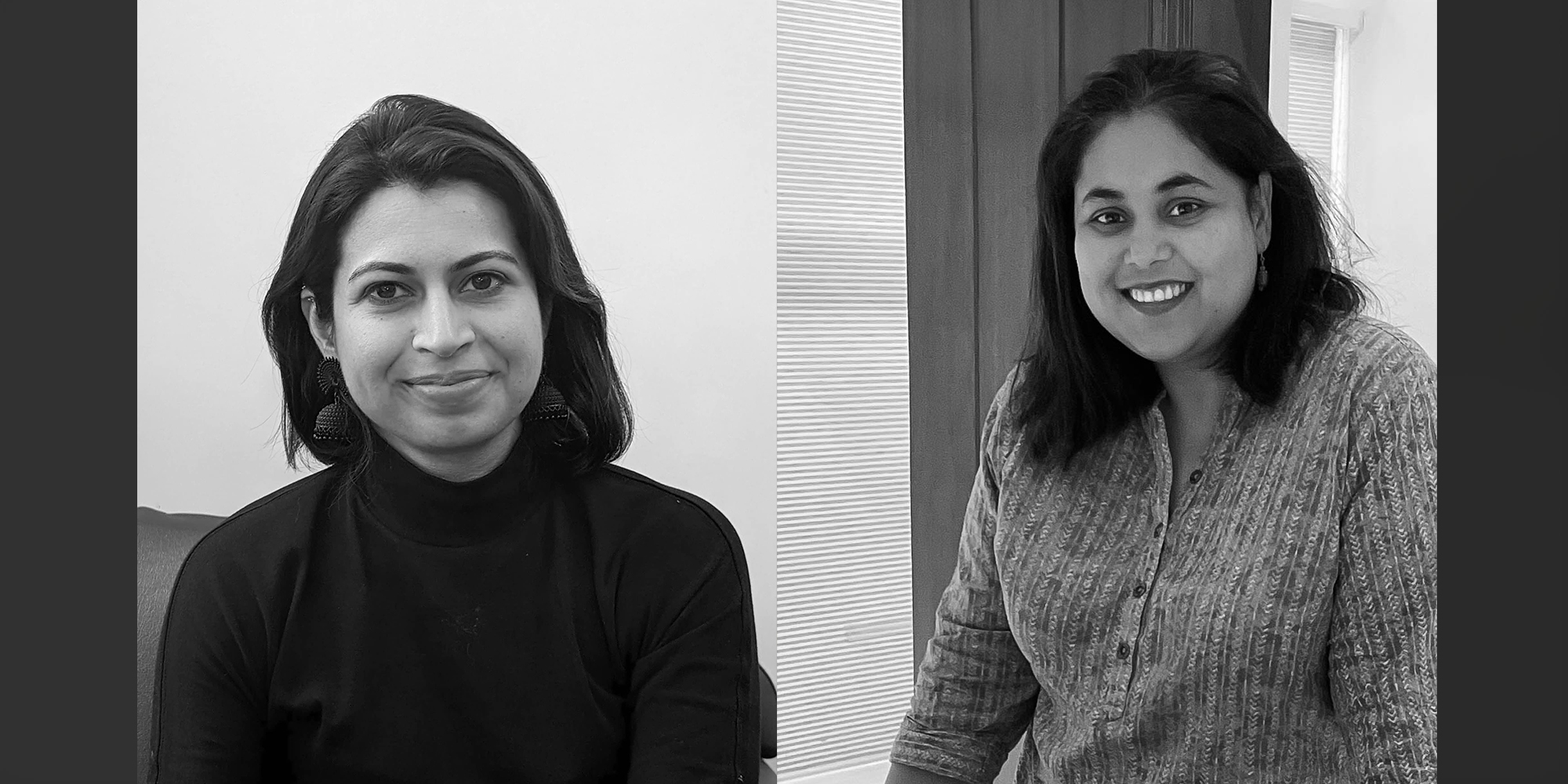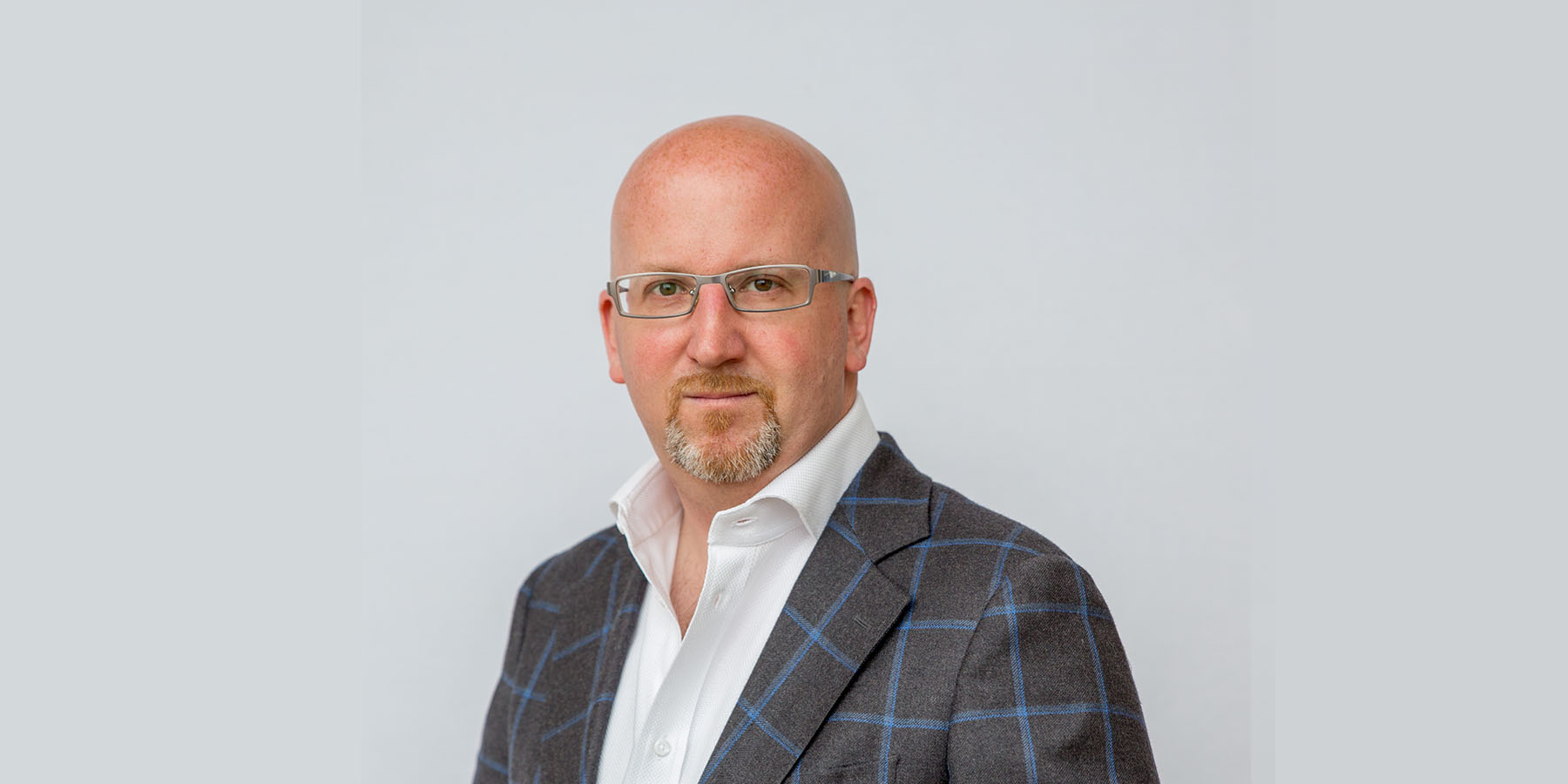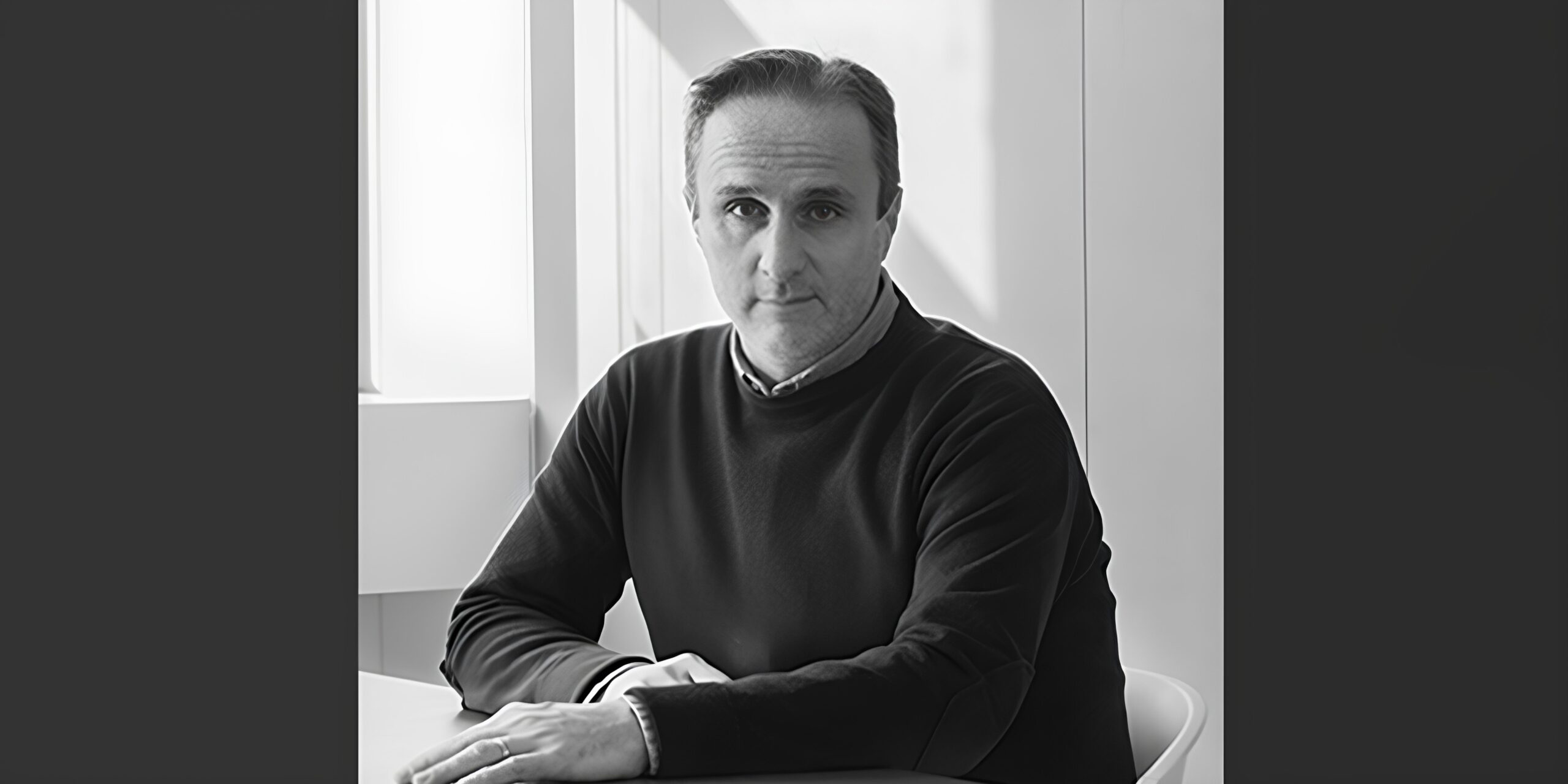In this edition of Design Dialogues, we feature M+P Architects Collaborative, a Pune-based practice dedicated to creating spaces that blend purpose, simplicity, and sustainability. The firm emphasizes ecological responsibility, craftsmanship, and contextual design. Their diverse portfolio spans residential, institutional, and master planning projects across India, driven by research, local materials, and a balance of aesthetics and function. With a collaborative and ethical approach, M+P Architects fosters innovation while maintaining a healthy work culture. Their commitment to sustainability and community-centered architecture continues to shape meaningful and enduring built environments.
At M+P Architects Collaborative, they believe that architecture is more than just building structures—it is about crafting spaces that resonate with purpose, simplicity, and beauty. Their practice is founded on a deep respect for ecology, craftsmanship, and the ever-evolving dialogue between people and their environments.
Led by Pooja Chaphalkar and Meghana Kulkarni, both seasoned architects with a shared passion for sustainability and contextual design, our studio thrives on collaboration. They are a close-knit team of architects and interns from across the country, fostering a workspace where curiosity, innovation, and ethical practice drive their work.
Their portfolio spans residential, institutional, and interior projects, along with master planning assignments across Maharashtra, Karnataka, Goa, West Bengal, and Madhya Pradesh. With over a decade of experience, they remain committed to interpreting ecological principles into feasible, lifestyle-driven solutions. Whether designing a home, an institution, or an urban master plan, their process is rooted in research, sensitivity to local materials, and a balance of aesthetics and function.
They take pride in working intensely during studio hours, ensuring a balanced work culture that values efficiency without overextending hours. Technology plays a key role in their workflow, and they use licensed software to stay ahead in their field while maintaining the integrity of their craft.
They see architecture as a social and environmental responsibility—a discipline that extends beyond function to embrace sustainability, participation, and intuitive design. Every project challenges them to bridge the built and unbuilt, to create spaces that not only serve their purpose but also inspire and endure.




